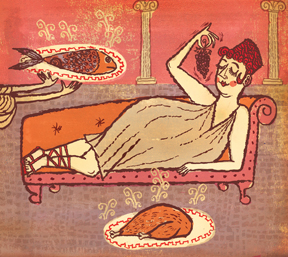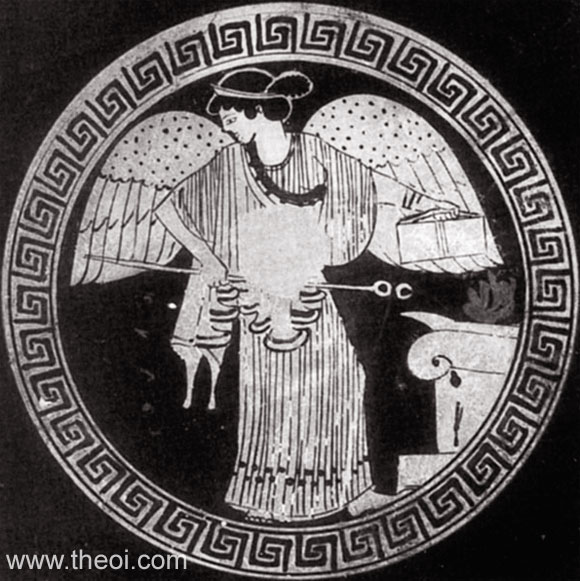From the archives:
Coronary, from the Latin corona, garland, wreath, or crown. Corona is also Latin for boundary.
When viewed from above, it can be seen that the right and left coronary arteries (more specifically, the right coronary and circumflex branch of the the left coronary) encircle the heart like a crown.
The coronal suture of the skull, linking the frontal bone to the parietals, is arranged vertically instead of encircling the cranium. It is very roughly reminiscent of the style favored by Roman emperors for the wearing of a garland, or corona , i.e., high on the forehead, and this has been suggested as the inspiration of suture's name.
However, the another Latin meaning of corona is a boundary such as the edge of a field and, perhaps from this definition, the anterior edge of the hair on the head. Especially in one with a receding hairline, the position of the coronal suture and the pattern of hair growth closely match, and perhaps from this relationship came the name of the suture Others suggest the term simply is in reference to the edge of the frontal bone.
In any event, corona in an anatomical sense does not appear in any extant Roman writings. It first makes its appearance around the 10th century in Latin translations of Arabic anatomical texts.
A coronal section initially referred to a cut made along the coronal suture. The term has since become generalized to mean any such cut that separates anterior and posterior regions.
Some non-anatomic words derived from the Latin corona include coronation and coroner (the original definition of the latter word was "an officer appointed by the crown").
 |  |
| A transverse section through a plane containing the heart valves. The circumflex artery curves around the mitral valve on the left, and on the opposite side, the right coronary artery curves around the tricuspid, with both vessels almost touching posteriorly and thus completing the crown. radiologynotes.servehttp.com | Julius Caesar wearing a corona. Courtesy of the Library of Congress |






